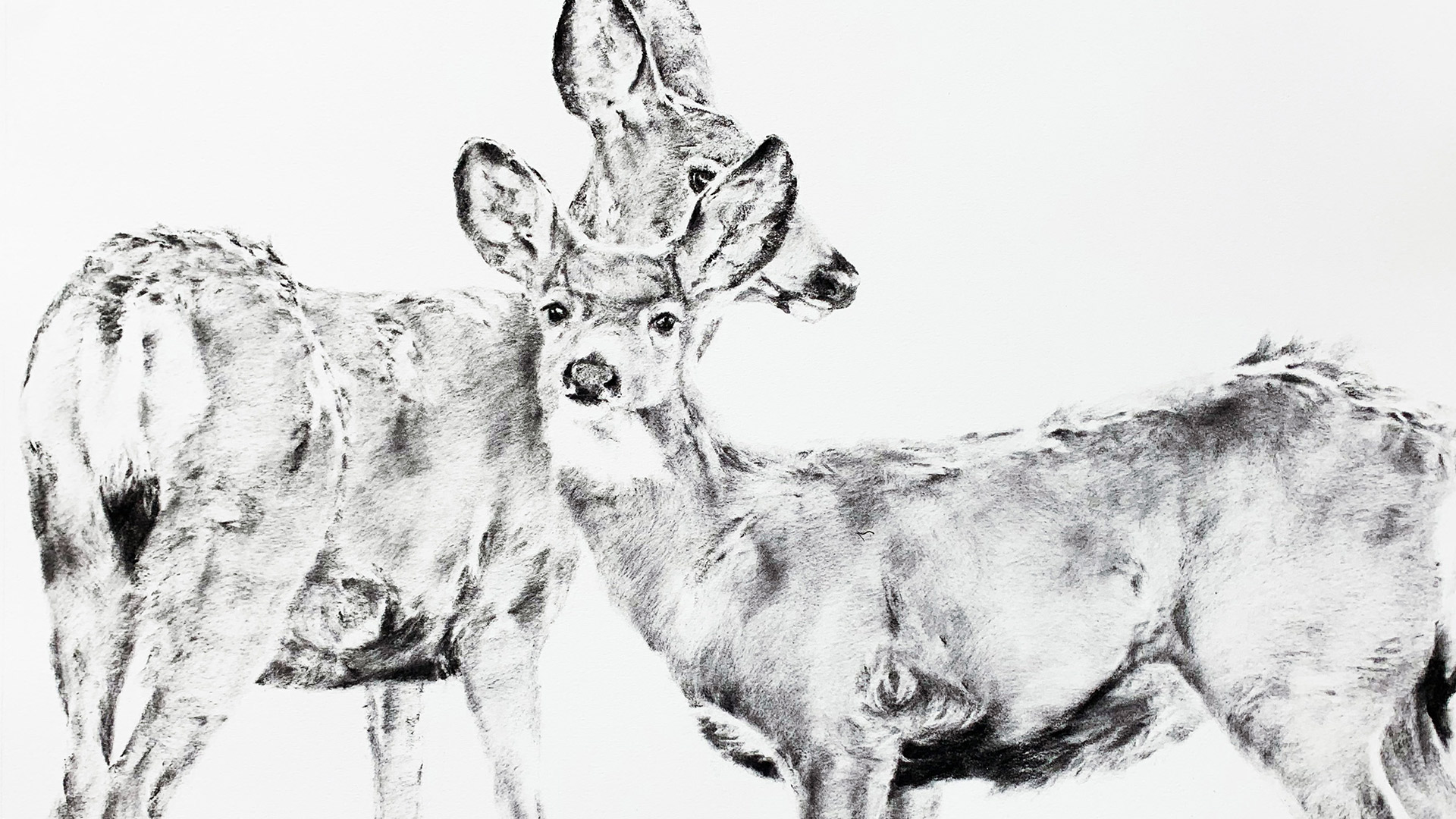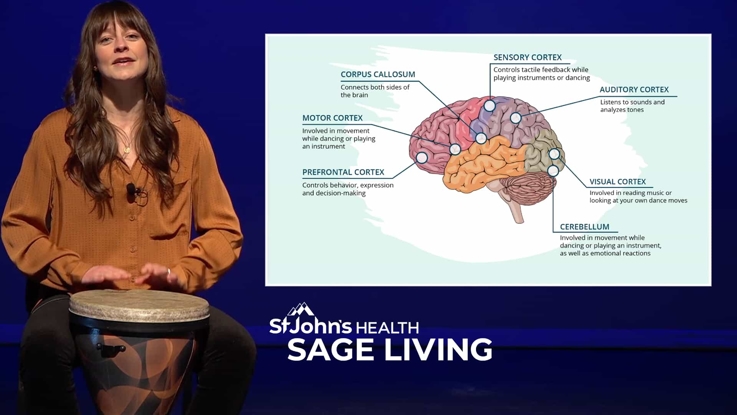Passive Alternate Nostril Breathing Practice (20 Minutes)
- Category: Foundations of Meditation

About this Video
Tips for Selected Guided Recordings for Insomnia:
Try out these meditations as desired.
- The Passive Alternate Nostril Breathing Exercise invites you to pay more attention to sensations as you place less attention on thoughts. You can pay attention to the sensations of the breath, or the weight of your body against whatever supports it, or the texture of the sheets against your skin. If you are counting each breath as you lie on your side, remember to feel the sheets against your skin as you roll to the other side – counting mindlessly without feeling can easily turn into thinking. You might use a fleece blanket, place a weighted eye pillow over you, or hold something with a comforting texture to give extra opportunity to feel something nice. Noticing and naming sensations of the body – soft, warm, cool, heaviness, ease – helps to uncouple the link between sensation and thinking that leads to rumination and critical thoughts.
- You might check to see if an emotion is present along with what you feel. If it is, just note and name that emotion – anger, fear, worry, sadness, etc. Try not to judge your experience or even understand why you are having a certain experience – that leads to more thinking, which is energizing instead of sleep inducing. Focus on what is here and how it is showing up (strong sensation, now it’s fading away, here it comes back again; that emotion feels tight and is located in my jaw). Try not to worry so much about why something is happening. Basically, do your best to avoid anything that could lead to more thinking – avoiding checking the clock or building a story about why you are awake. If you are feeling a burst of creative thinking or it helps to get your thoughts out on paper, keep a journal and pen by your bed. Try to keep the lights low as you write.
- If you feel an overwhelming need to move, then allow your body to change position, shake, or even muscles to twitch or spasm as you lie in bed. Sometimes we need to complete the stress cycle and release the activating energy of fight or flight. It’s helpful to keep yourself in a sleep context (like your bed, and with a dark, quiet room), but let the body move if it wants to. If all of your efforts to calm your system with the Passive Alternate Nostril Breathing Exercise are still not working, you might try changing your location – moving to a different bedroom or couch and trying the exercise again.
- Back to Foundations of Meditation



